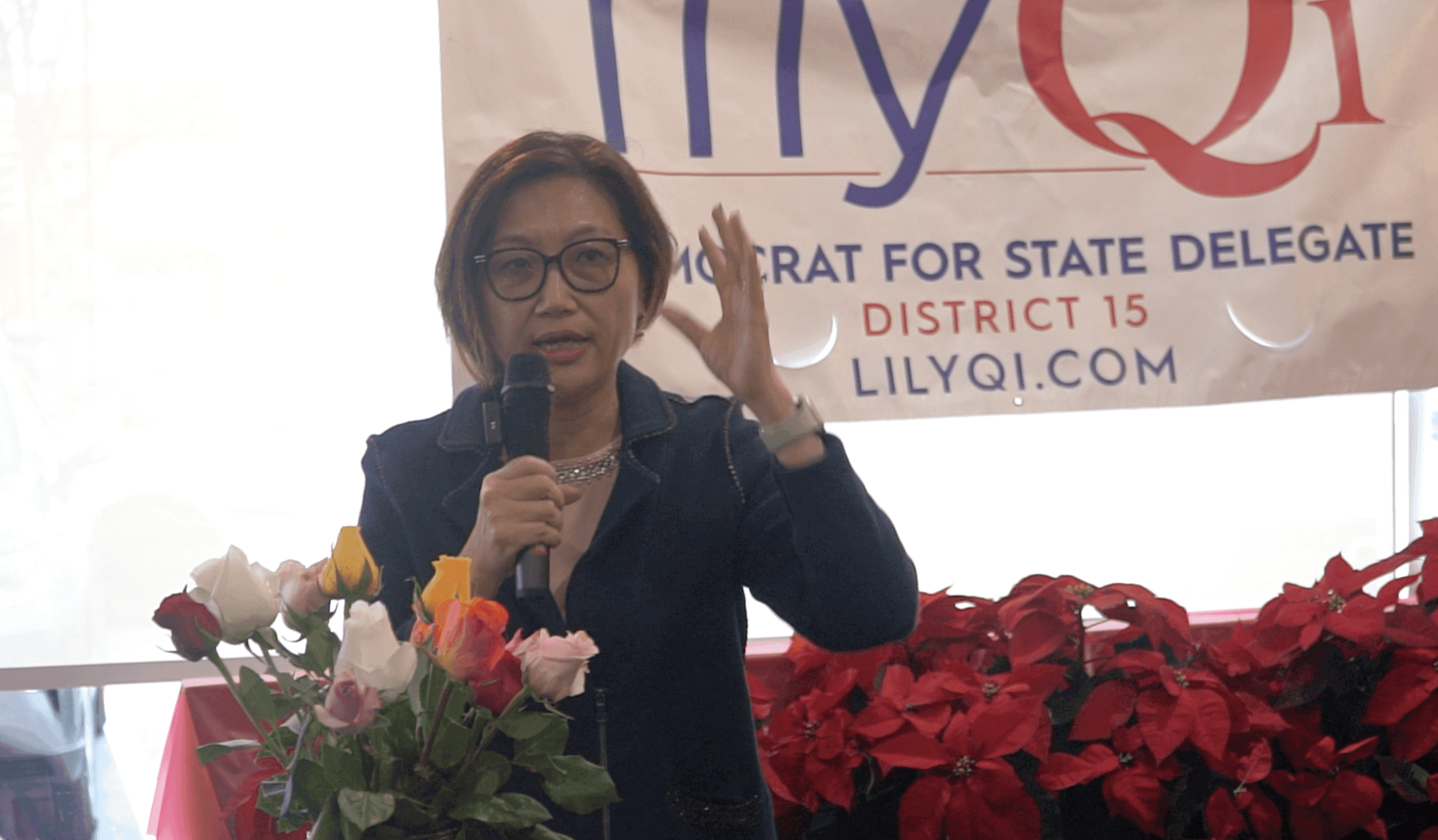Why Does It Take So Long for California to Count Vote?
Once arrive at the secure election facility, the ballots are prepared for the state-of-the-art sorting machine.
The machine verifies that each voter has returned only one ballot. It also takes a picture of the signature on each envelope to compare it to the one on file.
Signature verification is crucial. If a voter’s signature is unclear or has drastically changed, the registrar staff will send them a “Signature Verification Form” to help verify their identity.
Registrar staff then remove the ballots from their envelopes and unfold them. Occasionally, they discover crumbs of food mixed in with the ballots, which can cause the scanning machine to jam. Therefore, they must ensure the ballots are clean and flat to prevent any issues with the scanners.
Following these steps, the ballots are counted… In a secure room, ballots are scanned into encrypted machines that read voters’ choices. The registrar staff transmits results to a server using external methods like flash drives.
For security concerns, the election system cannot be connected to the Internet at any time. This means that people, not computers, transfer vote-counting results manually.
It’s also worth noting that ballots unreadable by the scanners due to any damage are sent to registrar staff for further review. They recreate the ballots and then count them, while also keeping the original ones.
But why does it take so long?
On March 13th, one post on X(previously known as Twitter) saying "CA's elections are RIGGED" received approximately 27,000 likes and 11,000 shares as of Monday. However, when interviewed by The Associated Press, election experts said it’s "perfectly normal” for California’s vote count to extend long past Election Day
The main reason is that the Registrar of Voters in California continues to receive mail-in ballots even after the polls close on election night. Since 2018, ballots received within 7 days after Election Day can be processed.
"We want to make sure that you have postmark of today. And our office needs to receive the ballots by March 12, which is severn days after election," said Michael Borja, an associate communication officer of Registrar of Voters in Santa Clara County, California.
In addition, according to the California Secretary of State, mail-in ballots that arrived before Super Tuesday can't actually be counted until Election Day, meaning none are pre-processed ahead of March 5th.
Besides, the signature verification process also takes time.
"We do have what we call a cure process. So we send out additional postcards to them to let them know:'hey, you didn't sign your ballots. And we give them up to 30 days for them to do this as well," said Steve Goltiao, another associate communication officer of Registrar of Voters in Santa Clara County, California.
In a statement to AP, the California Secretary of State’s Office explained that the Golden State “has an extensive review process that requires more than placing a ballot through a machine.”
According to the latest available data, there are approximately two hundred and twenty thousand unprocessed ballots statewide as of 6 PM on March 18th. Processing has been completed for more than seven million.
California state law requires county elections officials to report THE FINAL RESULTS OF all primary election contests by April 5th, which is a whole month after Super Tuesday. The official certified results of the entire primary election will not be released until April 12th.

 Pingping Yin
Pingping Yin Ting Tang
Ting Tang



